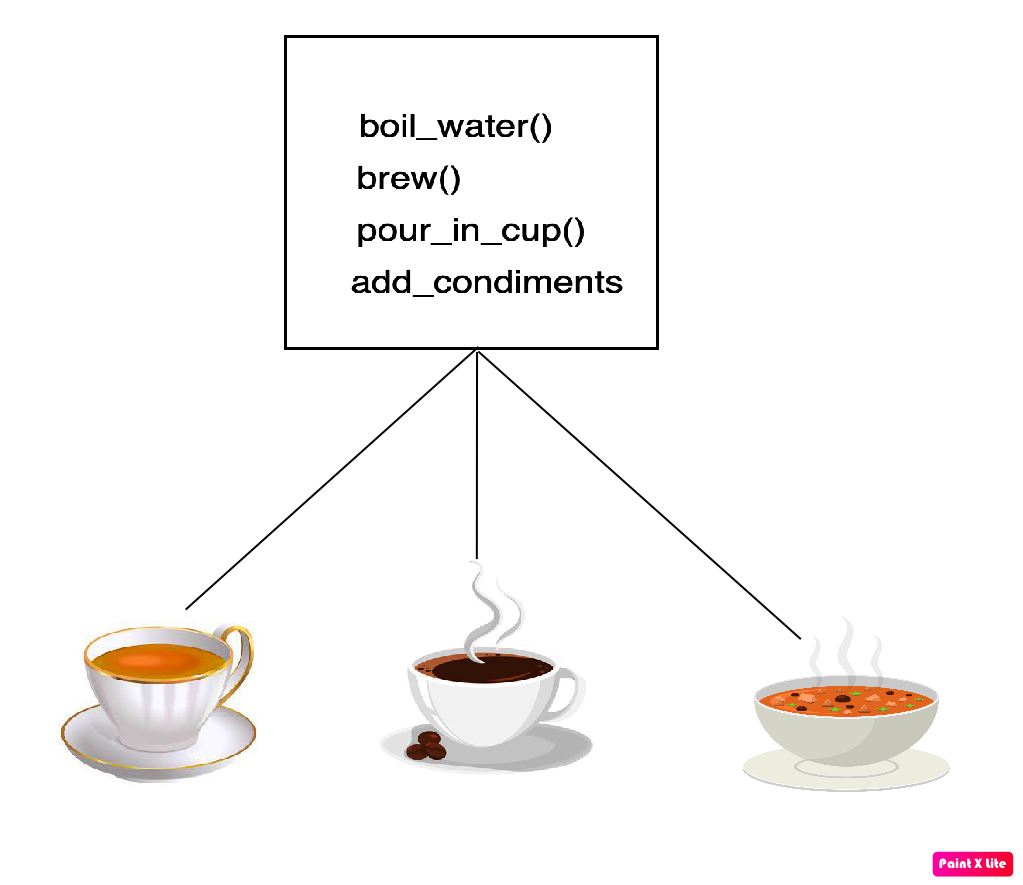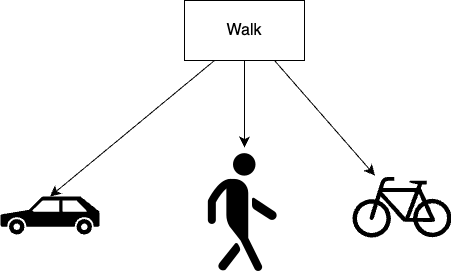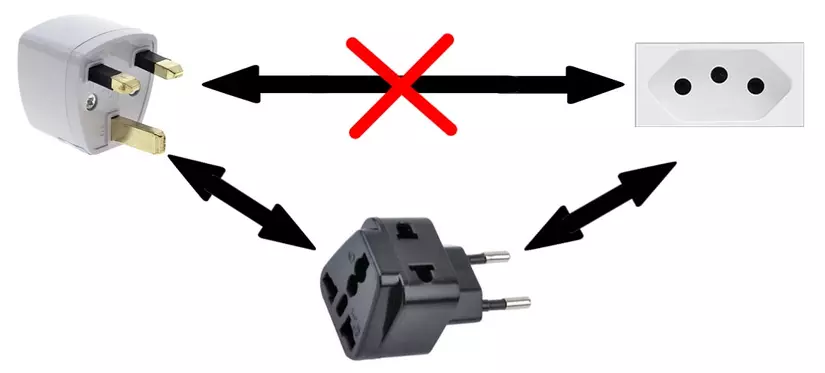Understanding the Decorator Design Pattern
In software development, design patterns are essential tools for crafting flexible and maintainable code. Among these, the Decorator pattern is a versatile solution for augmenting object behaviour without extensive code changes. Built on principles like the open-closed principle, it promotes modular design. Components, concrete components, and decorators work together to create readable and adaptable code, … Read more






